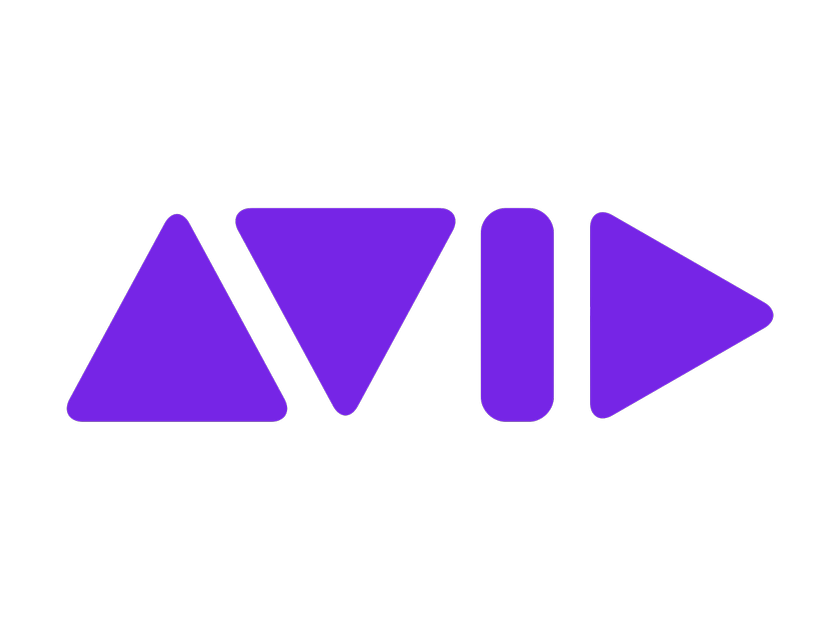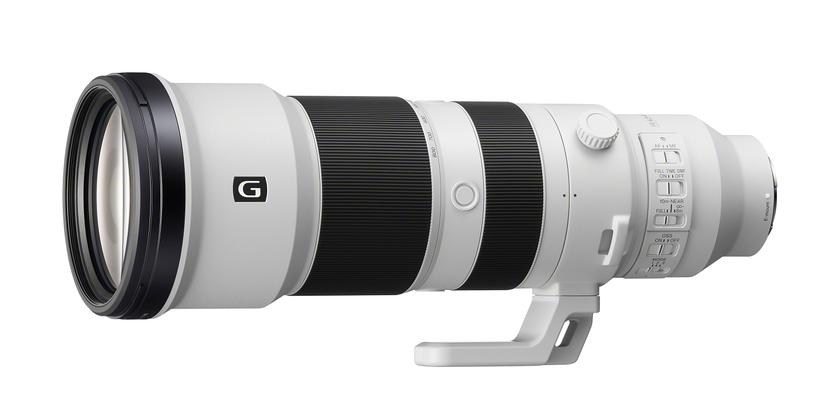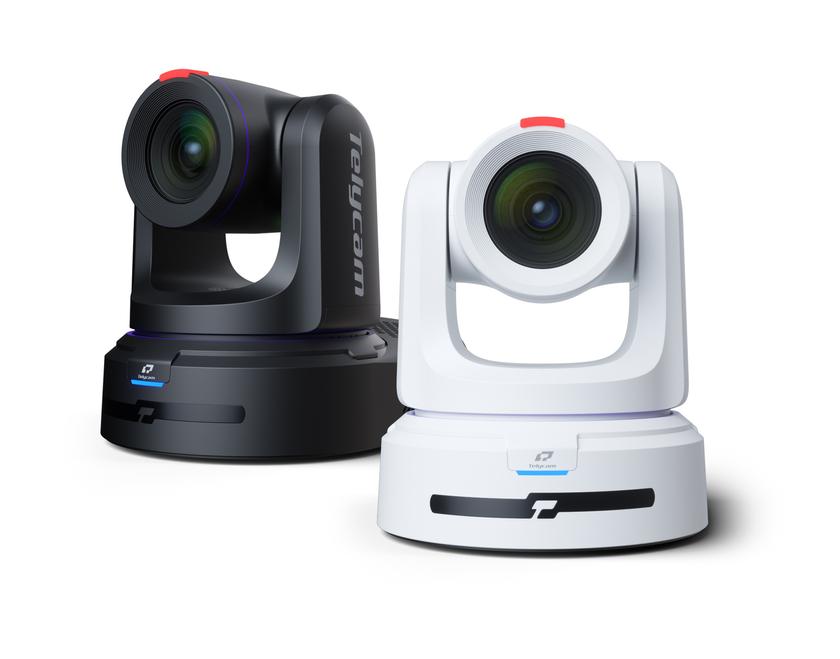Nucomm's Analog Coder
Broadcasters planning to transport digital television programming to remote facilities and transmitters face the cost of replacing their existing analog microwave links.
Instead of replacing analog microwave radios (and sometimes transmission line and antennas) with new digital systems, broadcasters can limit their investment by adding only a new digital-to-analog modem to their existing analog microwave system. This can be more economical for a single-hop STL and significantly less expensive for a multihop network.
The Nucomm Analog Coder allows analog microwave systems to carry a multitude of high-data-rate digital signals — such as the 19.39Mb/s ATSC transport stream and multiple standard-definition signals, plus a T1 data pack and other ancillary control channels — within a 17- or 25MHz broadcast auxiliary service (BAS) channel.
Remodulating and heterodyne systems
On the transmit side, the 1RU digital-to-analog modem accepts the 19.39Mb/s ATSC signal in DVB-ASI and SMPTE 310M formats, as well as two additional ASI signals. The total input data rate is limited to 30Mb/s.
The system includes a T1 or E1 data pack for carrying additional digital data traffic across the link. The front end of the modem multiplexes the ATSC plus two ASI and T1 data pack signals together and applies forward error correction (FEC). Then the digital modulator encodes the multiplexed signal into a 1 Vp-p analog baseband waveform that outputs the baseband onto an existing analog transmitter. The only adjustments required for multihop systems are to turn off the audio subcarriers in the analog signal (or set their frequencies above 7.5MHz) and set the emphasis to flat. For single-hop systems, the emphasis can be left on.
For the heterodyne microwave system architectures typical of multihop links, the system offers an optional 70MHz output that connects to the 70MHz input of the transmitter. The Analog Coder uses a proprietary modulation design based on the ATSC standard FEC — including Reed-Solomon, Trellis coding and interleaving — through commercial demodulation and decoding chip sets. These chip sets provide dynamic adaptive equalization to overcome frequency-selective multipath issues and other adverse environmental conditions.
Over time, digital plants may migrate between the SMPTE 310M and DVB-ASI standards for digital transport. The modem offers interfaces for both standards and automatically selects the proper input. If both signals are present and valid, the unit defaults to the ASI input.
If an existing analog microwave link uses a dedicated T1 subcarrier modulator for a 1.544Mb/s G.703 data channel, that traffic, as well as two RS-232 channels and eight TTL logic inputs, are readily multiplexed into the digital television traffic.
The modem’s RF output spectrum fits within the 25MHz bandwidth of the 7- and 13GHz BAS bands. A deviation adjustment also makes it possible to reduce the spectrum to the 17MHz bandwidth of the current 2GHz BAS band, as well as the FCC’s new 12MHz channel plan. The output spectrum meets the analog mask requirements. Because the modulation format is analog, no change in FCC licensing is required. At the final receive end, the system accepts either a baseband input or an optional 70MHz IF and demodulates and error corrects the signal. Then it demultiplexes the traffic into digital television signals (two SMPTE 310M and one DVB-ASI output), T1, RS-232, and TTL logic signals. The system provides two SMPTE 310M outputs to feed redundant HD transmitters. The DVB-ASI output can easily become a third SMPTE 310M output.
An optional 8-VSB output, selectable between channels 3 and 4, allows personnel at the TV transmitter site to monitor the received picture quality, including link quality and packet error information, using a commercial or professional HD set-top box. The analog video and audio from the HD set-top box can even be used to feed the station’s analog TV transmitter.
Multihop networks
With a single-hop STL installation, broadcasters should balance the cost of the modem against the cost of a new dual-carrier or DS3 microwave link. In many cases, they will find it is an appropriate solution.
For stations with multihop links to satellite stations and other remote facilities, the system can dramatically lower the cost of implementing digital television. It has proven to provide robust, air-quality ATSC and DVB-ASI signals to remote transmitters after crossing hundreds of miles and making two dozen hops over existing analog microwave links. Because of the ease of installation and operation and the cost-effectiveness of the Analog Coder, it merits a close evaluation by any broadcaster seeking to transport digital television over microwave networks currently served by analog equipment.
Dr. John B. Payne is the founder and president of Nucomm.
Get the TV Tech Newsletter
The professional video industry's #1 source for news, trends and product and tech information. Sign up below.












